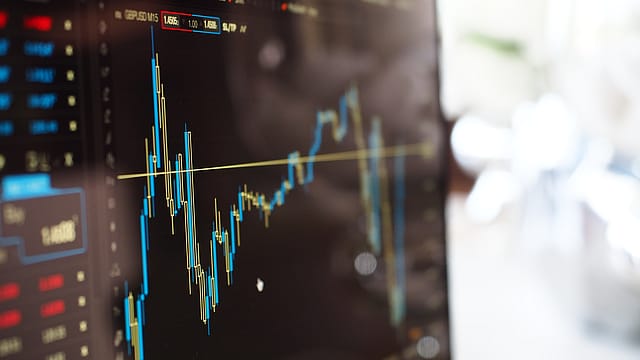Budget to dictate market trends in the short term
ADVERTISEMENT

Volatility is a way of life for equity markets. And among the many factors that affect the markets and volatility therein, the Union Budget has traditionally played a key role.
Given the relationship that the Union Budget and equity markets share, it makes sense to closely look at the 11 key equity indices on the BSE in terms of their opening, closing, highs, and lows in the trading week preceding the last six Budgets—from February 2016 to February 2020.
The broader indices like the S&P BSE Sensex, S&P BSE 500, S&P BSE MidCap, and S&P BSE SmallCap are key ones to look at.
But it is also important to keep a watch on key sectoral indices like S&P BSE Auto, S&P BSE Bankex, S&P BSE Capital Goods, S&P BSE Consumer Durables, S&P BSE FMCG, S&P BSE Information Technology, and S&P BSE Realty. This is because of the direct or indirect impact that the Budget proposals have on the constituents of these key sectors.
At closing level, the Sensex grew annually at 22.34% and 27.59% in February 2017 and February 2018, respectively. However, between February 2018 and February 2019, the change was just 1.57%.
The rally in the Sensex, during 2019, reflects in the movement between the February 2019 interim Budget and the full Budget in July last year, as the benchmark index grew at 8.35% on an absolute basis in July 2019. So far, from the interim Budget till January 31 this year, the Sensex has inched up another 3.06% on an absolute basis.
January 2026
Netflix, which has been in India for a decade, has successfully struck a balance between high-class premium content and pricing that attracts a range of customers. Find out how the U.S. streaming giant evolved in India, plus an exclusive interview with CEO Ted Sarandos. Also read about the Best Investments for 2026, and how rising growth and easing inflation will come in handy for finance minister Nirmala Sitharaman as she prepares Budget 2026.
For the mid-cap and small-cap indices, the rally over 2017 and 2018 is captured in the indices’ movement between the Budget dates. While the S&P BSE MidCap grew at 36.66% and 32% in 2017 and 2018 over the previous years, the index fell over 15.22% in 2019, compared to the close in close. While the mid-cap index grew just 0.58% in July 2019 over February 2019, the growth at the end of January 2020 was 5.00%.
The S&P BSE SmallCap index grew over 37.75% and 42.3% in 2017 and 2018; it fell 25.47% in 2019. While the recovery between February 2019 and July 2019 was 1.37%, the small-cap index has inched up 3.72% from July 2019 to January 31, 2020.
Among the sectoral indices, the S&P BSE Bankex and S&P BSE Auto grew 44.97% and 42.34% in 2017, over 2016. In 2018, the Bankex grew by 34.29% while the auto index grew at 15.76%. In 2019, while the Bankex fell by an annual 1.22% on an absolute basis, the auto index tanked by over 27.31%. From February 2019 to July 2019, while the Bankex registered a recovery of 16.21%, the auto index fell over 6.81%.
Given the challenges that the auto industry has been living with lately, any move by the government to tweak personal tax rates to boost consumption will come as a fillip for auto companies. Lower taxes would also mean more disposable income for consumers, and that would, in turn, have a positive effect on consumer durables and FMCG companies.
All eyes are now on finance minister Nirmala Sitharaman for what she has to offer to a slowing economy which needs immediate boosters, apart from long-term structural reforms.
